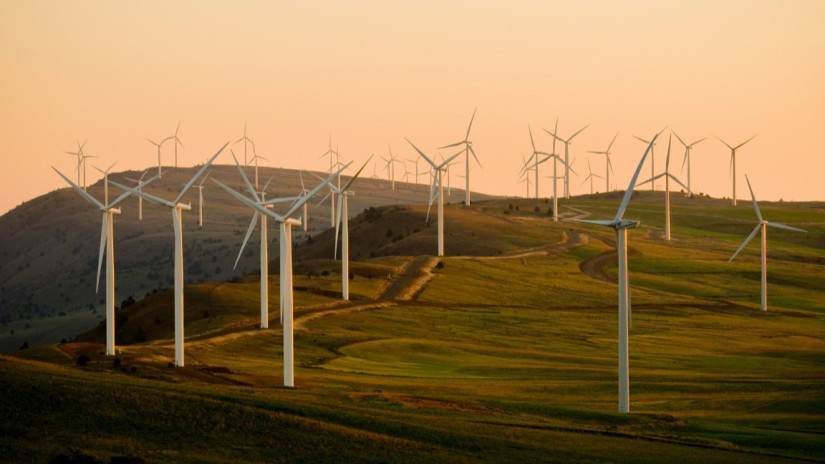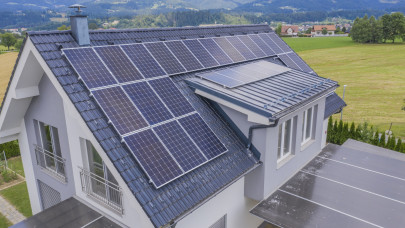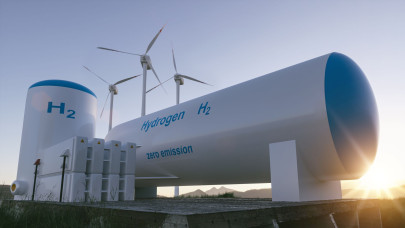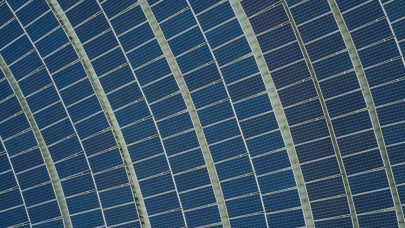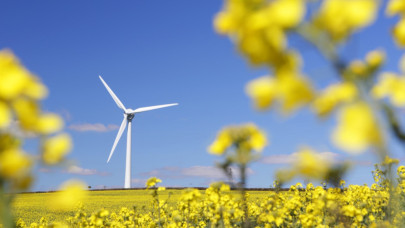While coal is primarily domestically sourced, most oil and gas are not. Oil use is expected to peak before 2030 and decline by more than half by 2050, whereas gas use in 2050 is anticipated to remain at current levels. Despite Beijing's focus on self-reliance in its energy policy, it is expected that most oil and gas will still be imported in 2050.
Parallel to China's fossil fuel narrative is the significant rise of clean energy. The share of renewables in China's total electricity generation will increase from 30% today to 55% by 2035 and 88% by 2050. Electricity generation itself is projected to nearly double, reflecting a robust growth in China's green electricity sector.
To highlight the rapid transition, a decade ago, wind and solar each contributed less than 1% of power generation. Today, solar and wind generate 7% and 8% of China's electricity, respectively, and these figures are projected to rise to 38% each by 2050. Nuclear energy is also growing in China, with absolute production expected to more than double by 2050, though its share will remain modest at 5%, overshadowed by solar and wind.
The acceleration of the green shift will benefit from uninterrupted global trade, while international cooperation depends on trust between countries and regions for fair competition. China is decarbonizing domestically and can support the decarbonization of other countries through the manufacturing and export of clean energy technologies. However, trade frictions and concerns over the economic security of green value chains may slow the shift to clean energy.
In 2023, China commissioned as much solar capacity as the rest of the world did in 2022. Currently, China accounts for more than one-third of global wind capacity and an equal share of solar photovoltaic capacity. Shenzhen-based BYD is competing with Tesla to be the largest electric vehicle (EV) manufacturer, and China produces three-quarters of the world's EV batteries.
The DNV Energy Transition Outlook China report, released in April, forecasts a fourfold increase in renewable energy installations by 2050, solidifying China's position as the world's leading investor in green technology.
The scale of China's energy transition is drawing attention not only in Beijing but also among policymakers in Brussels and Washington, who are concerned about subsidies on exported green technology making prices artificially low and distorting competition.
China's decarbonization is globally significant. As the world's largest consumer of primary energy, responsible for 26% of global energy consumption and one-third of energy-related carbon dioxide emissions, the pace of China's transition is the most decisive factor for the global emission trajectory.
Coal, making up 56% of China's energy mix, continues to be a major part of its energy use. Despite relatively flat consumption since 2014, coal use increased between 2021 and 2022 and surged further in 2023.

